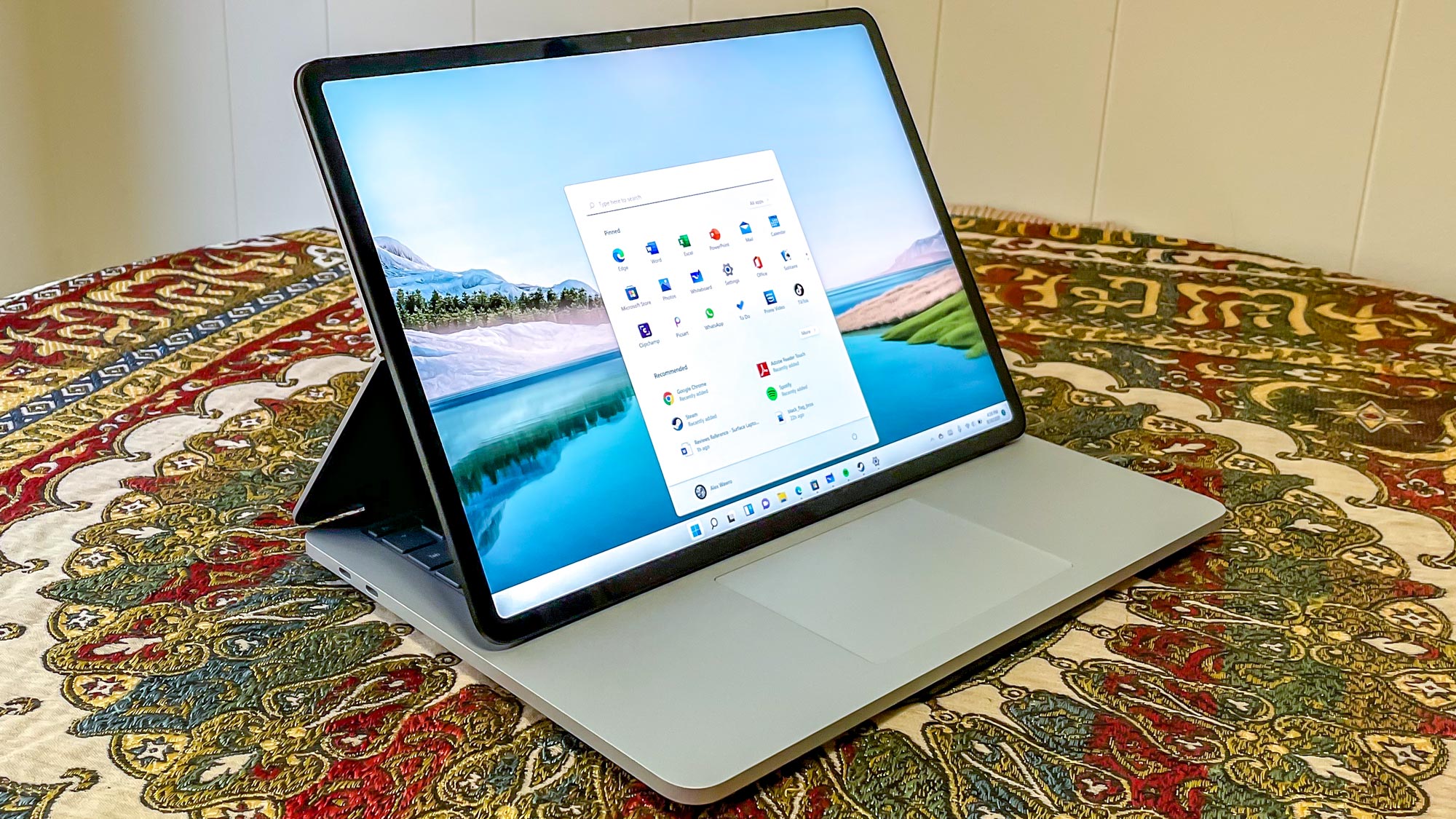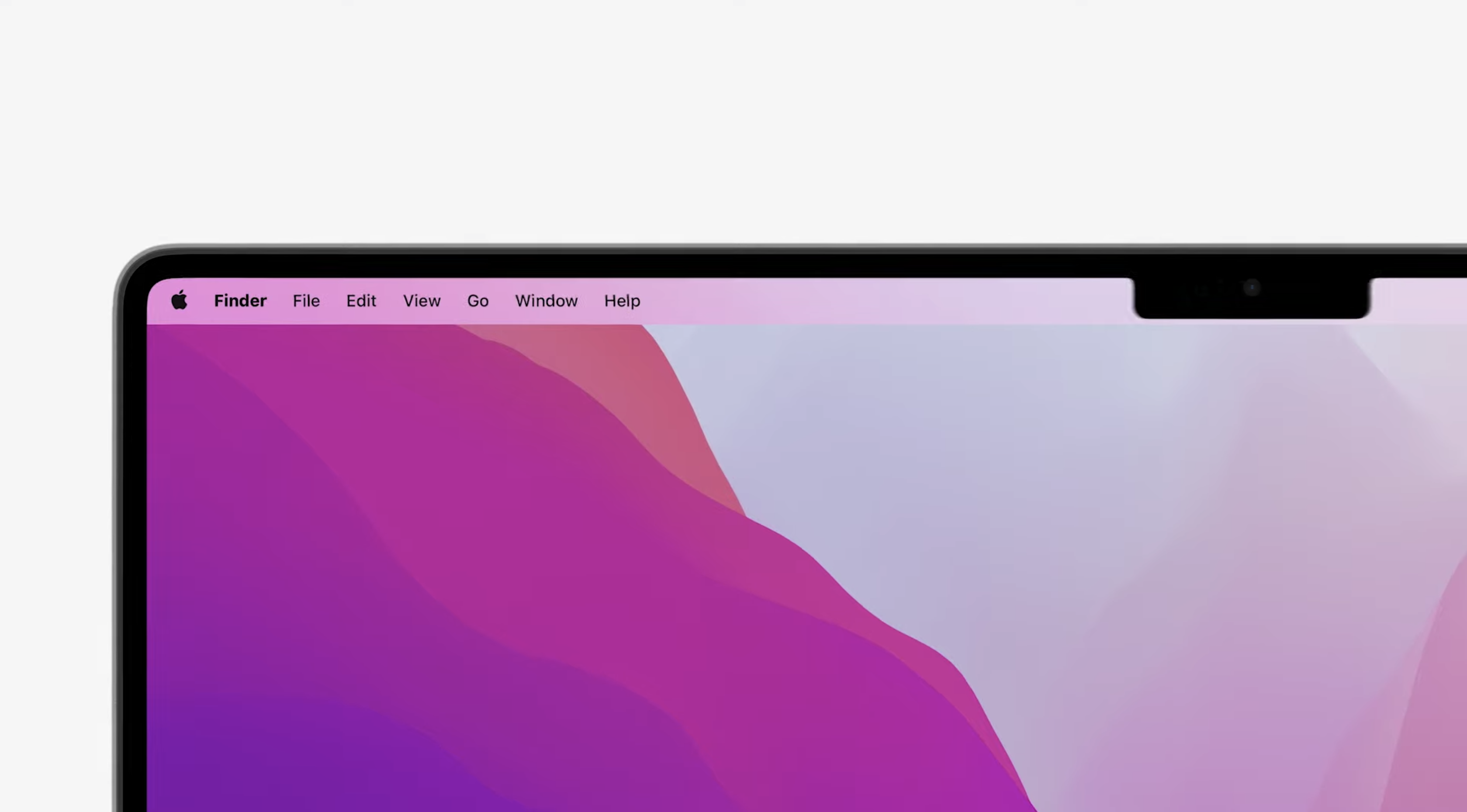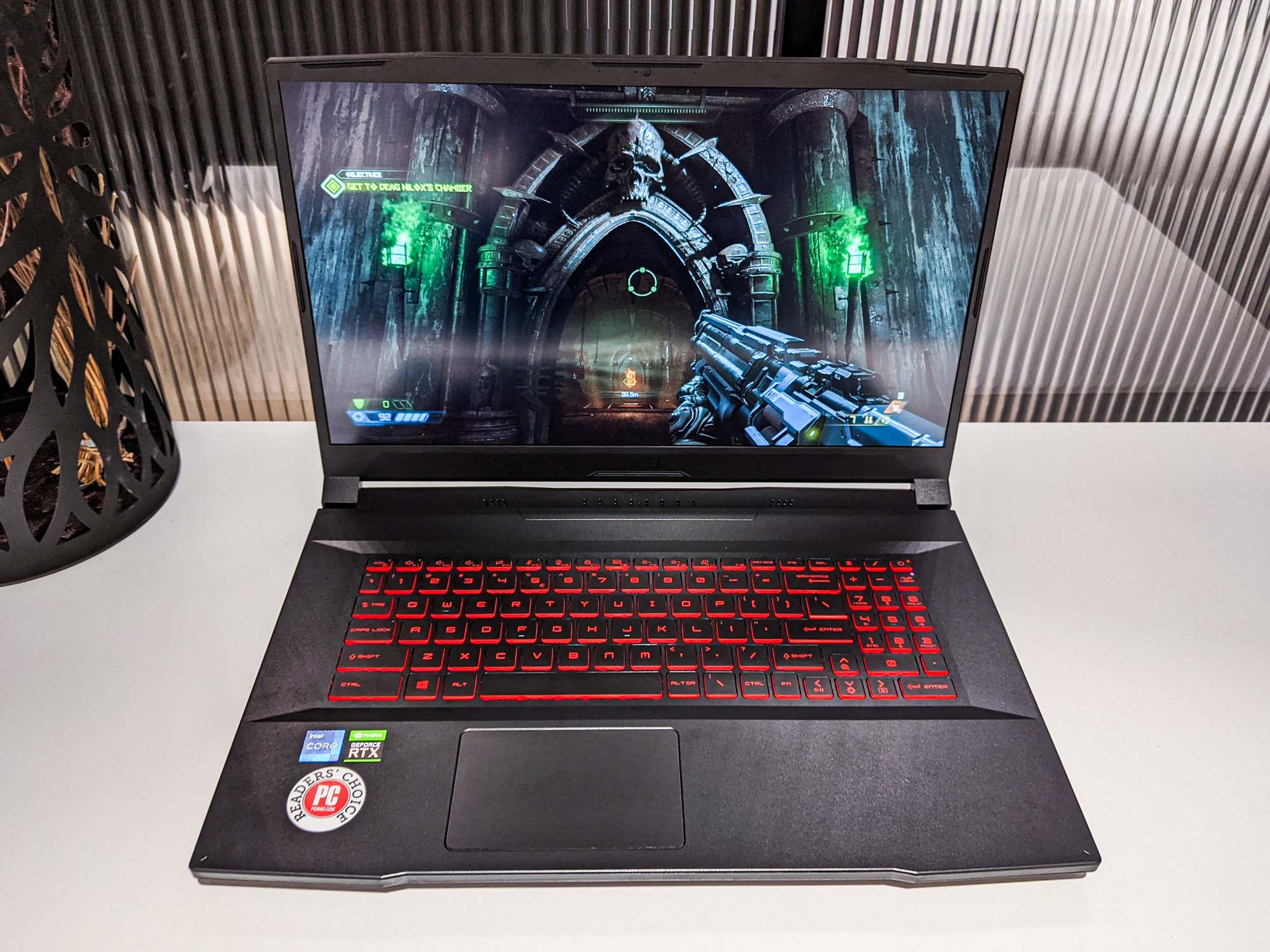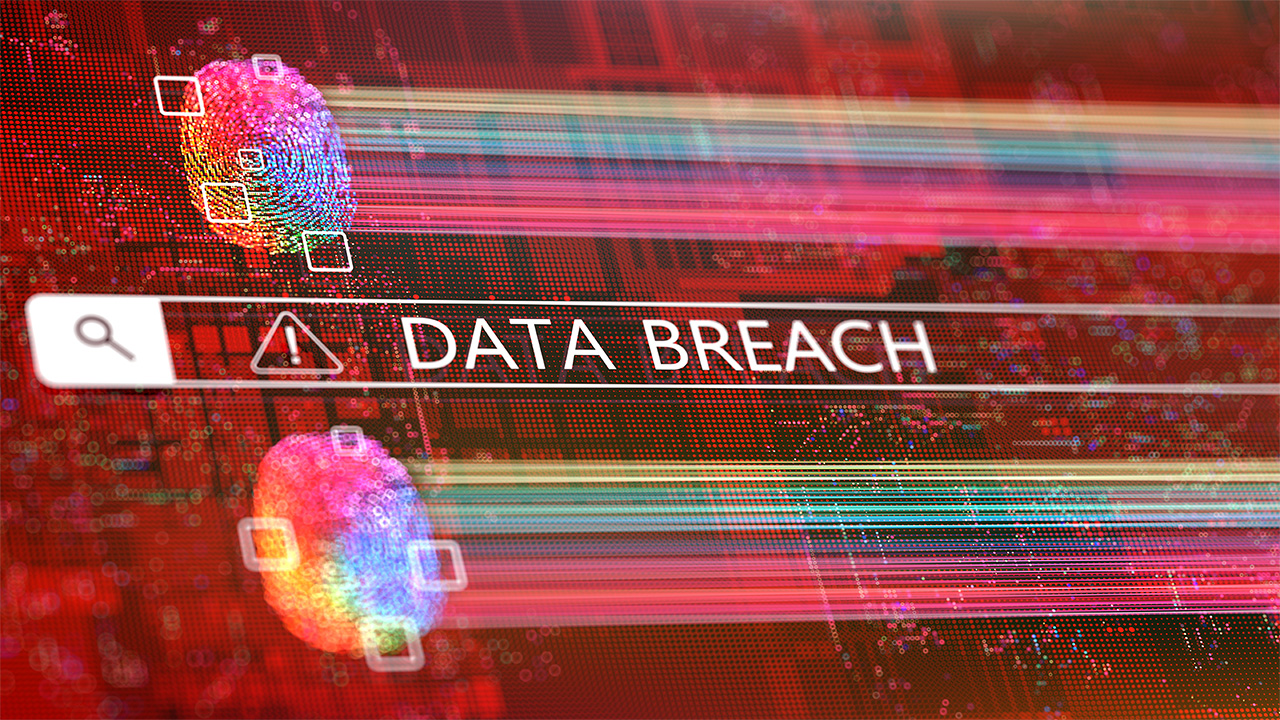The next MacBook Pro — here’s what I want to see

I bought my last MacBook nine-plus years ago, and the MacBook Pro 2021 (14-inch) is the Mac I had been waiting for. On top of the speedy M1 Pro and M1 Max chips and brilliant Liquid Retina XDR display with a ProMotion 120Hz refresh rate, it regained (most of) the ports any professional laptop should have. This includes both MagSafe charging and real Function keys (goodbye Touch Bar, you won't be missed). Truly, these are two of the best MacBooks in years, and these models are likely earning high spaces on our best laptops list.
But while the MacBook Pro 2021 represents a mix of Apple's own advances and its willingness to undo the unpopular changes it made in the 2016 to 2019 MacBook Pros, there is still work to be done. Because during these last five or so years, the PC laptop world has been doing things that make Mac users, such as myself, rather envious.
- MacBook Air vs Pro: What's right for you?
- Want to stay anonymous online? Bag yourself a quality VPN for Mac
- Plus: Oculus Quest Pro possibly leaked in new videos — here's your first look
And while I wish the new MacBook Pro had a USB-A port, that's not what I'm talking about.
So, Apple engineers, I humbly submit this list of suggestions for your next MacBook Pro. I know some of these may not be what you're thinking about, but all are for good reason and would only improve Mac.
A touch screen and an easel hinge
This is probably my biggest ask from Apple. The company has, for years, rejected the notion of a touchscreen laptop, whereas it's become common on PC. And, to an extent, I understand Apple's point of view. macOS, even back when it was called OS X, is designed to be used with a small mouse cursor, not the larger touch of a finger. You can see it in the interface, where all the buttons are mostly on the small side.
Windows, though, has adjusted over the years for larger "touch targets," making its interface a bit blockier. Apple may not want to do this, but the public's acceptance of touchscreen laptops, I'd argue, shows a possible demand. And as someone who's been using a touchscreen PC regularly, I can say I appreciate the added convenience of being able to tap the screen when versus reaching over to the trackpad and dragging the cursor across the screen.
And Windows 11 shows us there's a way to do this. And Apple has not been shy about taking other company's ideas and claiming it as its own, so the work has already been done.
Get instant access to breaking news, the hottest reviews, great deals and helpful tips.
When you switch a Surface device from laptop mode to tablet mode, the interface changes subtly to better fit fingers tapping. Icons get a little larger and more spaced out. Touch targets get larger, to make it easier to grab corners of windows to move and resize.
Why do I want a touch screen? Well, have you seen the Microsoft Surface Laptop Studio? It's one of a few laptops (see also the excellent Acer ConceptD 7 Ezel and HP Elite Folio), with a pull-forward display that uses an easel-like design to bring your screen closer to you.

I've been able to use this in the ConceptD 7 Ezel, and found that you gain comfort by reducing the space you need to stretch your arm. And for those asking, but what about the keyboard? Well, some of us prefer external keyboards, and you don't always need one when you use a touchscreen.
For example, Microsoft has speech-to-type tools in Windows 11, and Apple has its own dictation — though it's Siri-based, so there's probably room for improvement.
5G connectivity
This seems like the most possible option at the moment. Just look at the iPad Pro 2021, which runs on Apple's M1 system-on-chip. The MacBook Pro 2021's M1 Pro and M1 Max chips may be more demanding, but since the two lines of hardware share a similar brain, it's not impossible to think cellular connectivity is coming to the portable Macs at some point soon.
And why is this important? Well, even though you will get less battery life from a laptop running on cellular than on Wi-Fi, the simple truth is that Wi-Fi is not as ubiquitous as one might want. Wi-Fi is also neither reliable nor secure.
If you had a MacBook Pro with cellular connectivity, you could get work done at any cafe, regardless of if the green and white coffee roaster's Wi-Fi was working or not. You could even work in a park — though I bet video and photo editors would balk at the idea of trying to judge colors when their screen is in direct sunlight. Apple's True Tone technology on the Mac can only do so much.
Face ID

OK, about the MacBook Pro notch. I'm OK with it because of all the bezel space we get back. But I really wish we got more in exchange for the notch. So, I'd love for Apple to find a way to catch up to Windows Hello for Face ID in the MacBook Pro.
It may be harder than you'd think, though, as technology writer and podcaster John Siracusa explained on a recent episode of Accidental Tech Podcast. He noted that the Face ID sensors we use in our iPhones and iPad Pros operates with a very close proximity, and so it might not be as easy for a laptop, which is a less intimate device for many. I tested this out on the latest iPad Pro, and found that the sensor said I was too far away when my face was 2.5 feet away.
That said, Windows Hello on the Microsoft Surface Book 3 recognized me from more than 2.5 feet away. So, I'm challenging Apple to figure this out.
Right now, the Touch ID sensor is great, but what if those creative professionals Apple is targeting want to connect their MacBook Pro to an external monitor and use it with an external keyboard? That Touch ID sensor is now a reach away, when making eye contact with your laptop would be more convenient.
And there's one more thing Apple needs to deliver
For all the power of the M1 Pro and M1 Max — which I'd bet will be succeeded by M2, M3 and M4 versions of these Pro and Max chips in the coming years — the speed of the MacBook Pro is (slightly) going to waste. That's because the Mac's gaming deficiencies have still yet to be fixed.
Looking at the top 10 most popular games on Steam, only 4 have Mac support. And they're not new games (from Team Fortress 2 in 2007 to Dota 2 and Rust in 2013) either. And look at the biggest games of 2021 that are on PC: you can't play Resident Evil Village, Hitman 3 or Mass Effect Legendary Edition on a Mac. Sure, you could use a solution such as Parallels to run Windows on a Mac, but nobody loves that solution.

Yes, Apple Arcade exists. But, no, I don't ever hear anyone gushing about why it's a must-have.
I don't know how to fix this. If Apple could somehow solve its issues with game studios and developers, the next MacBook Pros would truly sit on a high tier in the computing world.

Apple calls the 2021 MacBook Pros "game-changing," but the support of game developers would be the true game-changer the MacBook Pro needs.

Henry was a managing editor at Tom’s Guide covering streaming media, laptops and all things Apple, reviewing devices and services for the past seven years. Prior to joining Tom's Guide, he reviewed software and hardware for TechRadar Pro, and interviewed artists for Patek Philippe International Magazine. He's also covered the wild world of professional wrestling for Cageside Seats, interviewing athletes and other industry veterans.
